
Performance Analysis
We were intrigued to see how the XL fared in our thermal tests, as cooling a fully loaded, overvolted CPU and a top-end graphics card is a stern test for any case, and even more so when it’s designed for quietness. For our testing we arranged the upper hard disk caddy in line with the airflow from the front intake fan, as there was plenty of room to do so.After our lengthy stress test, the CPU delta T maxed out at 57oC, which isn’t a great result. It puts the XL 6oC behind its smaller and cheaper sibling, the R3, and a long way behind the most effective air-cooling cases we’ve seen.
This isn’t entirely unexpected of course, as the XL is designed to be quiet rather than chilly - the thick, sound-deadening sheets on each side panel essentially act as insulation as well as sound proofing. Nevertheless, it’s disappointing that the XL ran a fair bit hotter than the R3, which has similar quiet-computing aspirations.
The reason for this looks to be that the XL is almost too big. The CPU cooler is so far away from the front of the case that it struggles to pull any cool air in through the front grilles. It doesn’t help that the cool air being pulled in by the front 140mm fan is nearly all snaffled by the graphics card, starving the CPU of cool air. The 180mm ‘roof’ fan also did little for the XL’s cooling abilities, with very little air being exhausted out the rear grille.
Conversely, GPU cooling proved to be excellent in the XL, largely because the graphics card is perfectly placed to eat all the cool air provided by the front 140mm fan. The maximum delta T of 39oC was among the best we’ve seen and 3oC cooler than that achieved by the R3.
Given the nature of the case, we also paid close attention to how loud the case was during testing and we all agreed that it wasn’t quite a quiet as the R3. This was solely down to the fact that the high whine of our graphics card cooler was more audible from the XL, most likely because of all the extra venting at the rear of the case.
Once we swapped out the graphics card for a quieter card we were rewarded with only a very low hum from the case. Clearly the case fans are very quiet in the XL, but you’ll need to make sure all your other components are similarly well behaved, as more sound escapes from the XL than the R3.
Conclusion
We like the Define XL, but it has a number of niggling flaws that disappointed is as well. The poor positioning of the PSU power cable cut-out and the bizarre flap covering the CPU socket cut-out in the motherboard tray both stick out as irritants. We’re also dubious of the value of the 180mm ‘roof’ fan; it doesn’t shift much air, so the noise it adds undermines the overall quietness for little gain.We came away from our R3 review impressed, as every facet of that case was working towards the goal of noise reduction; it was an extremely focused case. Regrettably, we can’t say the same for the XL. Superfluous features and questionable design decisions make the case confused and less obsessively focused. It’s saving grace is the graphics cooling, making the XL a worthwhile choice if you’re trying to build a quiet SLI or CrossFire PC without resorting to water-cooling.
There is also the issue of price. The R3 is £45 less than the XL and is a superior case in terms of everything but size and GPU cooling. Unfortunately, by Fractal Design’s own high standards, the XL just doesn’t quite hit the spot.
- Cooling
- x
- x
- x
- x
- x
- x
- x
- -
- -
- -
- 7/10
- Features
- x
- x
- x
- x
- x
- x
- x
- x
- -
- -
- 8/10
- Design
- x
- x
- x
- x
- x
- x
- -
- -
- -
- -
- 6/10
- Value
- x
- x
- x
- x
- x
- x
- -
- -
- -
- -
- 6/10
- Overall
- x
- x
- x
- x
- x
- x
- x
- -
- -
- -
- 7/10

MSI MPG Velox 100R Chassis Review
October 14 2021 | 15:04

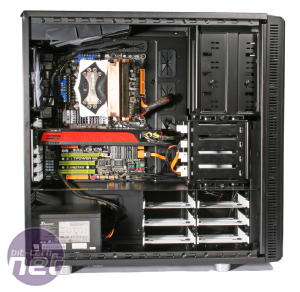
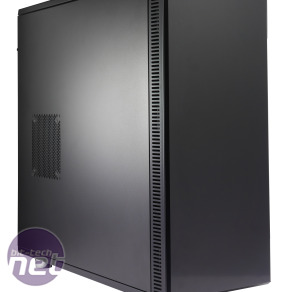

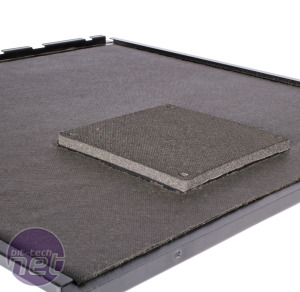
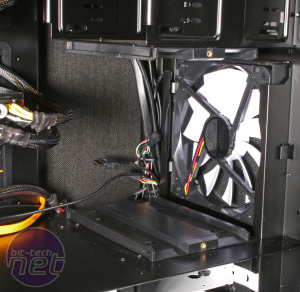
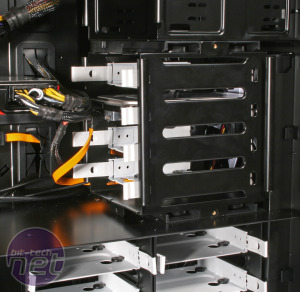







Want to comment? Please log in.